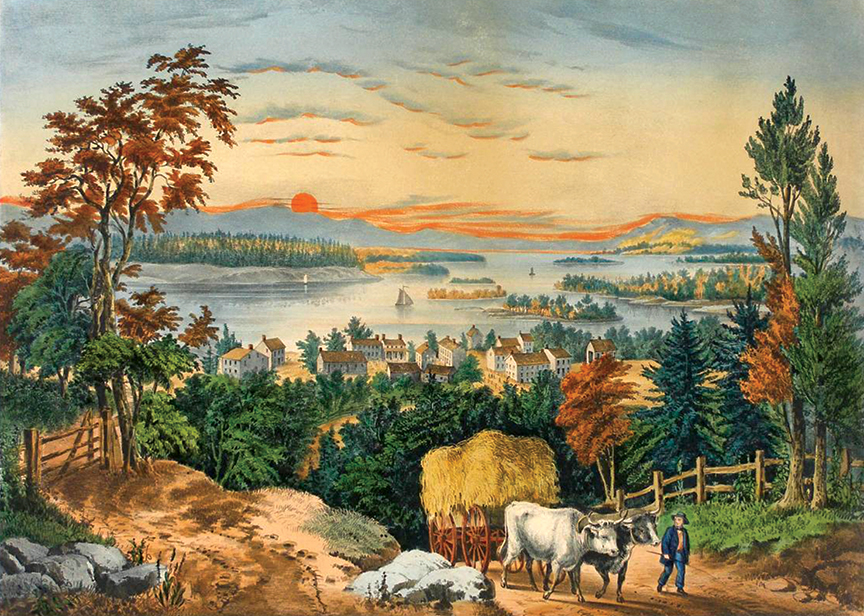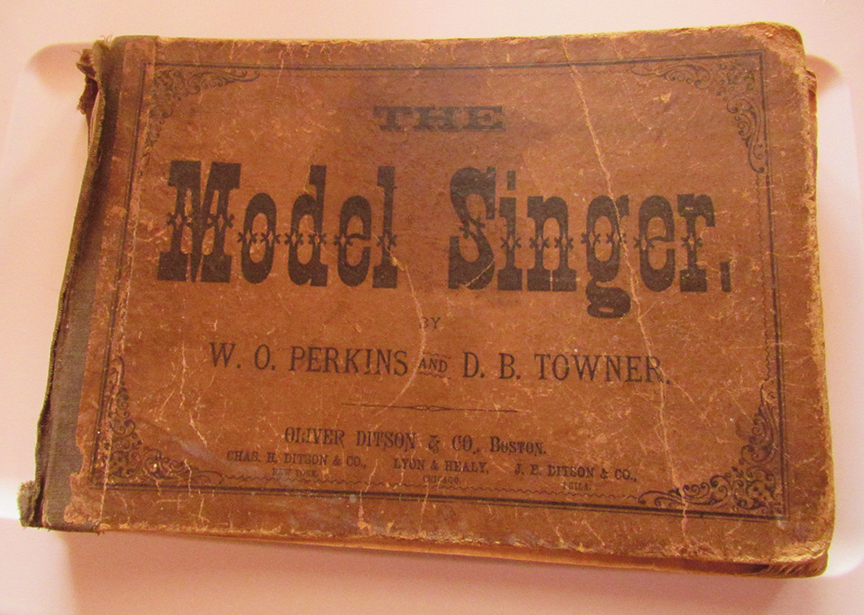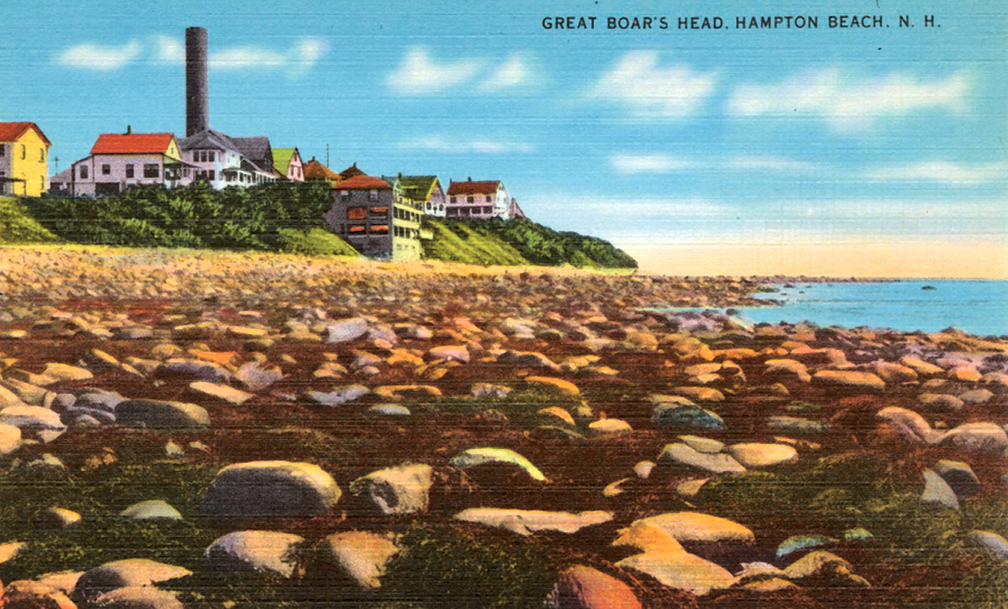Born In Center Harbor – John Carroll Moulton



by Robert Hanaford Smith, Sr.
Weirs Times Contributing Writer
The significance of John Carroll Moulton being born in Center Harbor on December 24th in 1810 is that he was living on a part of the land that his great-grandfather, Jonathan Moulton, had been granted in exchange for a fatted ox given to Governor Benning Wentworth.
It was then part of New Hampton, but later became a separate town.
Jonathan’s son Benning settled in Center Harbor in 1783, and his son, Jonathan Smith Moulton was born in Center Harbor on December 14, 1785, which brings us back to his son, John Carroll Moulton, who earned his way into John B. Clarke’s 1883 book Sketches of Successful New Hampshire Men by extending his influence with business ventures in other Lakes Region towns.
He prepared himself for the business world with extensive schooling and learning as a participant in his father’s farming and trade business. From the district school he went to Holmes Academy in Plymouth, N.H. where he studied under Samuel Burns who was considered one of the best teachers of that time period. The Academy was the forerunner of Plymouth Normal School, followed by Plymouth Teachers College and the present Plymouth State University.
Moulton then sought out the instruction of the great mathematical teacher from Meredith who opened a high school where he received students from around the country and is known for his almanacs. His name was Dudley Leavitt.
In 1831 young John C. Moulton opened a store in Sandwich, NH, but a year later moved back to Center Harbor where he took up the storekeeper’s business there. In 1836 he moved his store again, this time to Lake Village (now Lakeport), which was at that time becoming a desirable place to begin a business. He had previously opened a hotel in Center Harbor and, in 1841, he made another move, this time to Meredith Bridge (now Laconia), where he took over the management of the Belknap Hotel for a period of two years.
This ambitious young man who didn’t seem content to stay in one place for any length of time, though he hadn’t strayed far from his birthplace, proceeded to open a book store and an apothecary shop in Laconia. It wasn’t until 1861, however,that he became a partner in the manufacturing firm of Charles Ranlet and Company, the business that had originally manufactured horse-drawn wagons and stagecoaches but started manufacturing railroad cars when the Boston, Concord, and Montreal Railroad expanded its lines from Concord to Plymouth with Laconia along this route.
Moulton was credited with enabling the growth of the company which added stylish passenger cars to the original freight cars it produced. Joseph Ranlet became a partner at the death of Charles, and the company was named Moulton and Ranlet Car Company, but was changed again to Ranlet Manufacturing Company when a third man, Perley Putnum, became a partner in the year 1865.
When most of the factory buildings and equipment were destroyed by fire in 1881,it is said that new buildings were erected so quickly that production was resumed in but thirty days from the time of the fire.
In 1882 the name was changed to the Laconia Car Company. Ranlet had died in 1878 and Moulton sold his share of the company to Putnum in 1882. Another of John Moulton’s business ventures was the Gilford Hosiery Corporation in Laconia of which he became the sole owner in 1868. Most of the approximately 150 employees in the early 1880s were women. He was a co-owner with Benjamin E. Thurston of a grain mill that produced flour in Laconia, and owned a large portion of the stock in the Laconia Gas-light Company.
John Carroll Moulton married Nellie B. Senter of Center harbor on July 15, 1833. An ancestor of hers, Col. Joseph Senter was one of the first settlers of the town that was given to her husband’s great-grandfather. They had five children.
Moulton served as postmaster in Laconia for about 16 years when the position was by appointment, and, because of shifting political power in Washington, he served as postmaster during the full terms of three Democratic presidents and part of the administrations of three Republican presidents. He was the first president of the Laconia National Bank which received a charter from the government after he realized the need of such a financial institution in Laconia and overcame big obstacles to bring it into being.
I was interested to discover that the Laconia National Bank , during a seventy year period from 1866 to 1935, printed over two and a half million dollars of national currency. If you have any of this paper currency you might want to check with a collector to find out the value of your possession. The bank issued 23 different types and denominations of paper currency.
The building housing the Laconia National Bank was also the home of the Moulton Opera House which occupied the upper stories. Moulton was also one of the founders of the Independent order of Odd Fellows, Winnipesaukee (or Winnipisseogee) Lodge 37, begun in 1842.
Col. Thomas Whipple wrote of John Carroll Moulton :“Long after he has passed away, the town of his adoption will continue to exhibit many evidences of his liberal contributions to whatever tended to promote to the growth of the town, the prosperity of its business, or the public welfare.”



